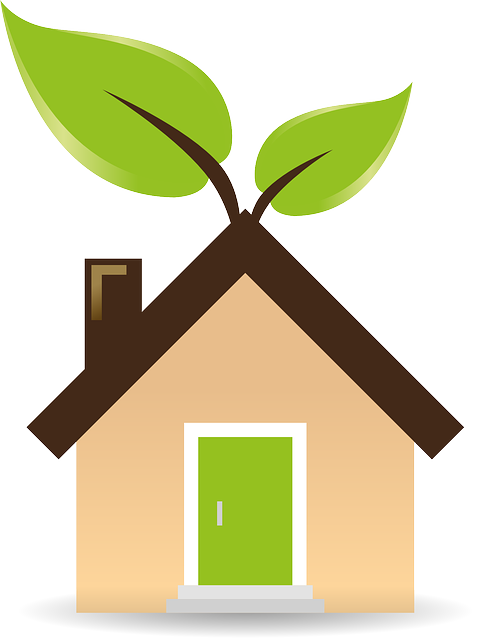The world is grappling with the effects of climate change, specifically global warming and biodiversity loss. Human life is greatly impacted by extreme weather events, and in Africa, warm and hot climates prevail all over the continent, with the northern part mostly arid and with high temperatures.
This blog considers the effect of climate change on school buildings and, subsequently, on learning. Implementing simple but creative solutions using design principles, local resources, and know-how can have a positive and significant impact. Read on to find out more.
East Africa is characterised by an equatorial tropical climate which is considered moderate, with temperature and humidity levels comfortable most of the year compared to other areas with more extreme conditions. However, it is among the world’s most vulnerable regions to the impacts of climate change from a projected increase in hot days and heavy precipitation.
East Africa also has some of the highest growth rates, averaging 6.7% between 2013 and 2017, and there’s increased urbanisation which results in massive pressure on the cities and overburdened infrastructure. Classrooms are often overcrowded, and for many school-going learners, it is one issue to be privileged to have decent school buildings and another for these buildings to be climate-friendly. Most East African school buildings are thermally uncomfortable to the extent that they have created internal conditions that are not conducive to inspired learning. A space conducive to learning should be comfortable enough to favour fast learning, boost cognitive function and makes thinkers birth new ideas.
buildings and climate
A conventional school building in East Africa is typically a single-storey structure walled using burnt bricks with pitched dark-coloured roofs from a single sheet metal roof and has simple window openings. The interiors of the classrooms get hot and uncomfortable for the users. During the two rainy seasons, the noise from the metal roof disrupts lessons, and the lighting in the classrooms is often inadequate. For such schools, retrofits can be considered.
Typical government-aided school, Nakulamudde Primary School in Nakaseke, Uganda [Sadab Kitatta Kaaya]
LOCAL COMMUNITY ENGAGEMENT
Building professionals must take a participatory approach to engage local communities in the development of school buildings. There are local low-carbon materials (grown – e.g. bamboo, or recycled) that can be considered for use. For example, compressed earth provides a low-carbon alternative to burnt bricks. In addition to wind data, local knowledge on site can help with the location of ventilation openings. Local skills can be developed by leveraging the construction process to build local capacity through training and provision of work opportunities for the local community.
Kumel School building, Uganda, constructed using interlocking stabilised soil blocks with hit-and-miss ventilation openings at the top courses and rainwater harvested in an ISSB* constructed tank [Haileybury Youth Trust designed by RFF].
School buildings should utilise passive ventilation strategies, natural daylighting and energy from the sun while protecting them from solar overheating and glare. The orientation of buildings, using large overhangs, considering existing trees and planting new trees, using reflective roof colouring and installing an inner lining beneath the roof can enhance solar shading.
Given schools are mostly remote with no electricity available, solar panels can be installed on the roofs to produce clean on-site renewable energy to cover or supplement energy requirements, which helps offset embodied carbon in the building fabric. If rainwater from roofs is harvested and stored, it can reduce flooding and erosion, and the water can be used for hand-washing or filtered for human consumption.
A large roof overhang in the dining area at Shimbwe school renovations in rural Tanzania installed by C-re-aid in collaboration with Child & Family Foundation.
The local ecosystem should also be nurtured as biodiverse natural landscapes promote health and wellbeing, provide climatic cooling and mitigation against the effects of extreme weather events.
Holistic bioclimatic design for schools in Africa should consider solar shading, passive ventilation, natural daylight, sustainable landscapes, energy generation, water management and storage and waste and human waste management. It should also consider the selection and use of sustainable materials for floors and foundations, walls, window openings, roof structure and covering and material innovation.
*ISSB: Interlocking Stabilised Soil Blocks
Resources
– Improving Learning Through Classroom Experience programme page
– School: A Second Home For The Children
– The Improvement Learning Through Classroom Experience study key questions answered
– Image by OpenClipart-Vectors from Pixabay
– PCC-Climate-Trends-Fact-Sheet-for-Africa ⬇️


